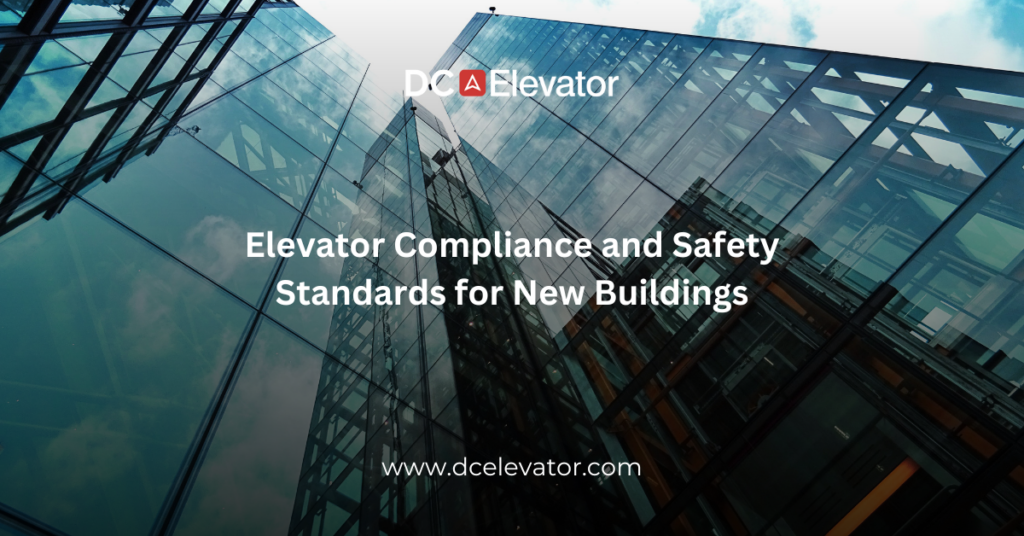When constructing a new building, ensuring elevator compliance and safety standards is a critical step. Elevators are not just a convenience; they are essential for accessibility, safety, and efficient building operations. Compliance with national and local codes helps prevent costly fines, liability issues, and operational setbacks. Whether you’re a developer, property manager, or facility owner, understanding these regulations is key to a smooth construction process and long-term building success.
Key Elevator Compliance Standards
1. Adhering to National Codes
The American Society of Mechanical Engineers (ASME) sets the primary safety standards for elevators in the U.S. The ASME A17.1/CSA B44 Safety Code for Elevators and Escalators provides guidelines on:
- Design, construction, and installation requirements
- Inspection and maintenance procedures
- Emergency operation and signaling devices
Building owners and developers must ensure their elevators comply with these regulations before obtaining final approval for building occupancy.
2. ADA Accessibility Requirements
The Americans with Disabilities Act (ADA) mandates that elevators in public buildings and multi-story commercial properties be accessible to individuals with disabilities. Key ADA requirements include:
- Minimum elevator dimensions for wheelchair access
- Braille and tactile control buttons
- Audio and visual floor indicators
- Delayed door closing time to accommodate users with mobility challenges
Non-compliance with ADA regulations can lead to legal repercussions and reduced accessibility for building occupants.
3. Local and State Codes
While national codes set broad standards, local and state governments often have additional regulations. These may include:
- Fire safety and emergency power backup requirements
- Local inspection and permitting procedures
- Seismic safety requirements in earthquake-prone regions
Consulting a professional with expertise in local elevator codes is essential to ensure full compliance.
Common Challenges in Elevator Compliance
Even with clear guidelines, building owners and managers may encounter challenges such as:
- Changing regulations: Codes and safety standards are updated periodically, requiring ongoing awareness and adjustments.
- Construction delays: Improper planning or last-minute compliance checks can result in costly project delays.
- Non-compliant installations: Using outdated or non-certified equipment can lead to rework and penalties.
Ensuring Compliance and Safety
1. Work with Certified Elevator Professionals
Hiring a qualified elevator contractor ensures proper installation and compliance with national and local safety standards. Experienced professionals can navigate regulations efficiently and reduce the risk of non-compliance.
2. Schedule Regular Inspections and Maintenance
Once installed, elevators must undergo periodic inspections to maintain safety and operational efficiency. Establishing a maintenance plan ensures compliance with ongoing regulatory updates and helps prevent costly breakdowns.
3. Consult an Elevator Compliance Expert
For complex projects or uncertainty about regulations, hiring an elevator consultant can provide valuable insights. These experts conduct compliance audits, recommend solutions, and ensure your elevator system meets all legal and safety requirements.
Meeting elevator compliance and safety standards is a crucial responsibility for building owners and developers. Adhering to national, state, and local regulations not only ensures legal operation but also enhances safety, accessibility, and long-term reliability.
If you need expert guidance on elevator compliance for your new building, our team can help. Contact us today to ensure your elevators meet all required safety and performance standards.
